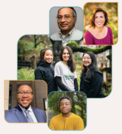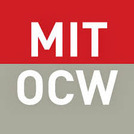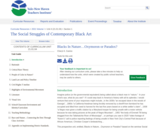In this lesson, students will learn about the Los Angeles Chinese Massacre of 1871, and identify the causes by examining the attitudes and policies of the time. They will learn about and analyze other massacres that have occurred in the United States in order to gain a better and more nuanced understanding of how and why these acts of violence occur. Lastly, students will research the process for reparations and consider how to address and rectify the harm of such injustices.
2021 Social Science Standards Integrated with Ethnic Studies:
Civics and Government: HS.2, HS.9
Geography: HS.42, HS.51
Historical Knowledge: 6.20, 6.21, 8,22, 8.25, HS.52, HS.53, HS.64, HS.65
Historical Thinking: 7.25, 8.30, 8.31, HS.67, HS.68
Social Science Analysis: 6.24, 6.26, 6.27, 6.28, 7.27, 7.28, 7.29, 7.30, 8.33, 8.34, 8.36, HS.71, HS.72, HS.73, HS.74, HS.75


















